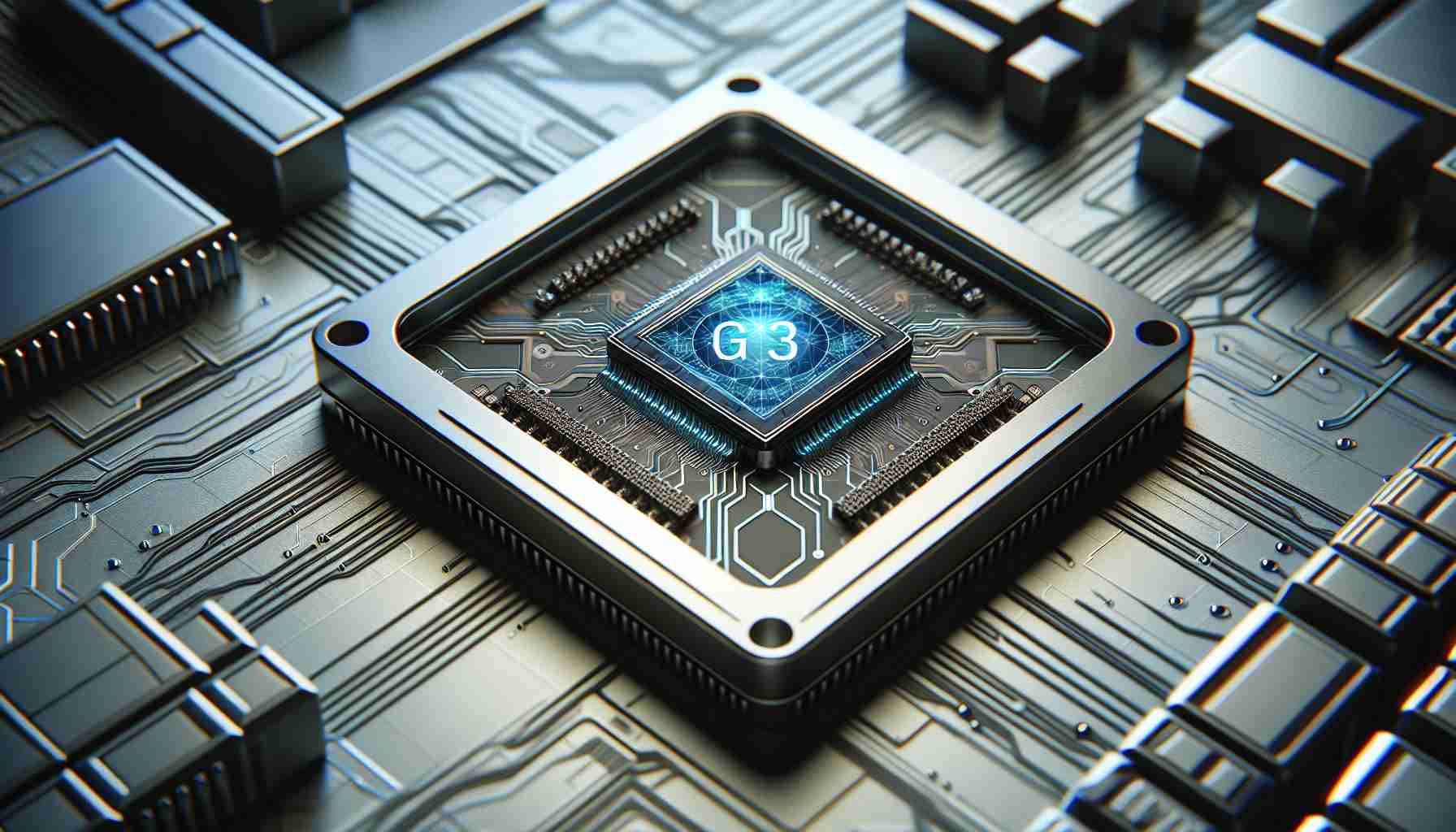Amid the booming field of artificial intelligence (AI), Nvidia reigns supreme as the leading seller of AI chips, securing substantial financial gains from its top-tier products. This competitive edge in providing chips for AI training and inferencing has been a key driver behind Nvidia’s impressive earnings increase—an achievement mirrored by the company’s share price, which skyrocketed over 200% in the past year.
Intel, in contrast, has faced a period of stagnation, with share values halved from their peak in 2020. A noticeable dip in personal computer demand coupled with lagging behind in the AI chip sector has marred Intel’s recent market performance. However, the chip giant may be gearing up for a significant comeback.
This week, Intel announced the launch of its latest AI chip, the Gaudi 3, showcasing the company’s renewed focus on strengthening its AI offerings. This strategic move indicates Intel’s determination to rival Nvidia’s market dominance and revitalize its standing in the AI chip market.
Summary:
The AI industry is witnessing a dynamic competition between Nvidia, the current leader in AI chip sales whose earnings and share price have soared, and Intel, which has experienced reduced share values. Despite past challenges, Intel is pushing back with the debut of its new Gaudi 3 AI chip, potentially heralding a change in the tech giant’s fortunes and reshaping the landscape of AI chip market competition.
Artificial Intelligence Chip Industry Outlook
The artificial intelligence (AI) chip industry is a critical subset of the global semiconductor market, experiencing exponential growth as AI adoption accelerates across various sectors. These chips are specialized silicon pieces designed to efficiently perform AI tasks such as neural network processing, machine learning workflows, and data pattern recognition. Nvidia’s strategic positioning within this space has allowed the company to capitalize on the burgeoning demand for AI capabilities, not just in traditional computing environments but also in autonomous vehicles, healthcare diagnostics, and sophisticated robotics.
As industry analysts suggest, the AI chip market is anticipated to grow significantly in the coming years, with MarketsandMarkets forecasting that it could reach as high as $91.18 billion by 2025, registering a compound annual growth rate (CAGR) of nearly 35.6% from 2020 to 2025. This growth is driven by the increasing volume of large and complex datasets, the need for high-speed processors in AI applications, and the advent of advanced neural networks.
Challenges and Market Competition
Despite the lucrative outlook, companies in the AI chip market like Nvidia and Intel face various challenges. These include technological complexities, high research and development costs, and intense competition. Rapid advancements in AI necessitate continual innovation and investments from chip producers to maintain a competitive edge.
Nvidia has consistently held a dominant position, particularly with its GPU-based solutions widely adopted for deep learning tasks. Its financial success reflects a robust alignment with market needs. Intel’s difficulties reflect the broader issue of how traditional semiconductor companies adapt to a changing landscape where AI and specialized processing tasks are becoming more critical than general-purpose computing.
The renewed efforts by Intel to regain market share, evidenced by the release of the Gaudi 3 chip, suggest that Intel is attempting to directly compete with Nvidia’s AI chip offerings. For Intel, success in this sphere will not only involve delivering competitive hardware but also nurturing a robust ecosystem of software and developer tools to optimize AI workloads for their chips.
Future Implications
The ongoing competition in the AI chip industry reflects broader trends within the tech sector, where specialized and optimized processors are becoming vital to support the growing AI and machine learning workloads. How Intel’s new chip stacks up against Nvidia’s products will be closely observed by industry insiders and could signal a shift in the AI chip market dynamics.
In conclusion, the AI chip industry is a vibrant and competitive field with great promise for growth. Nvidia’s position appears strong, but the landscape is dynamic, suggesting opportunities for other players to challenge the status quo, including Intel with its latest offering. As each company vies for market dominance, innovation will likely accelerate, benefiting the end consumers with more efficient, powerful AI implementations across numerous industries.

